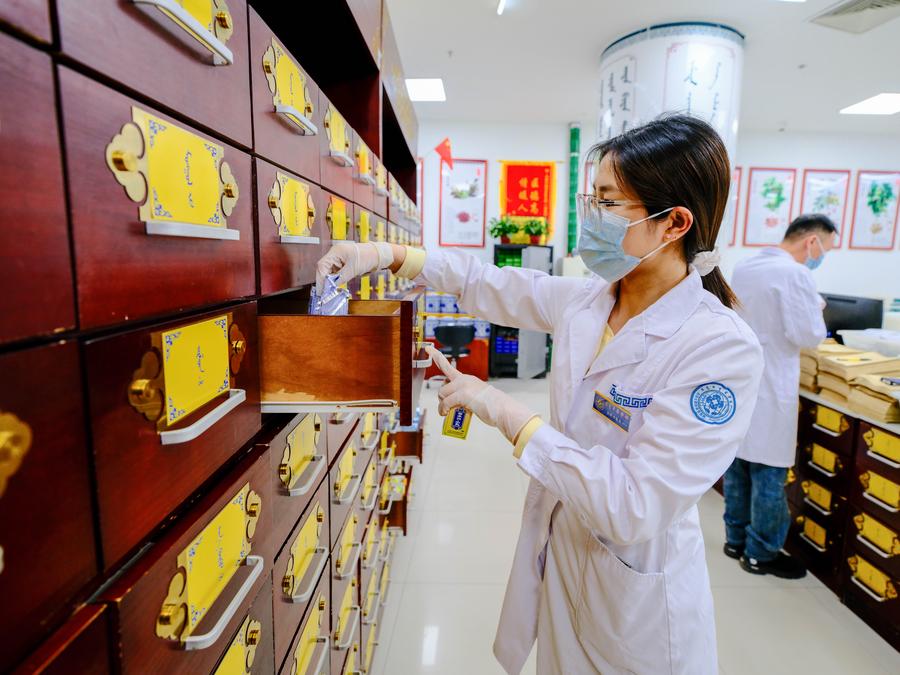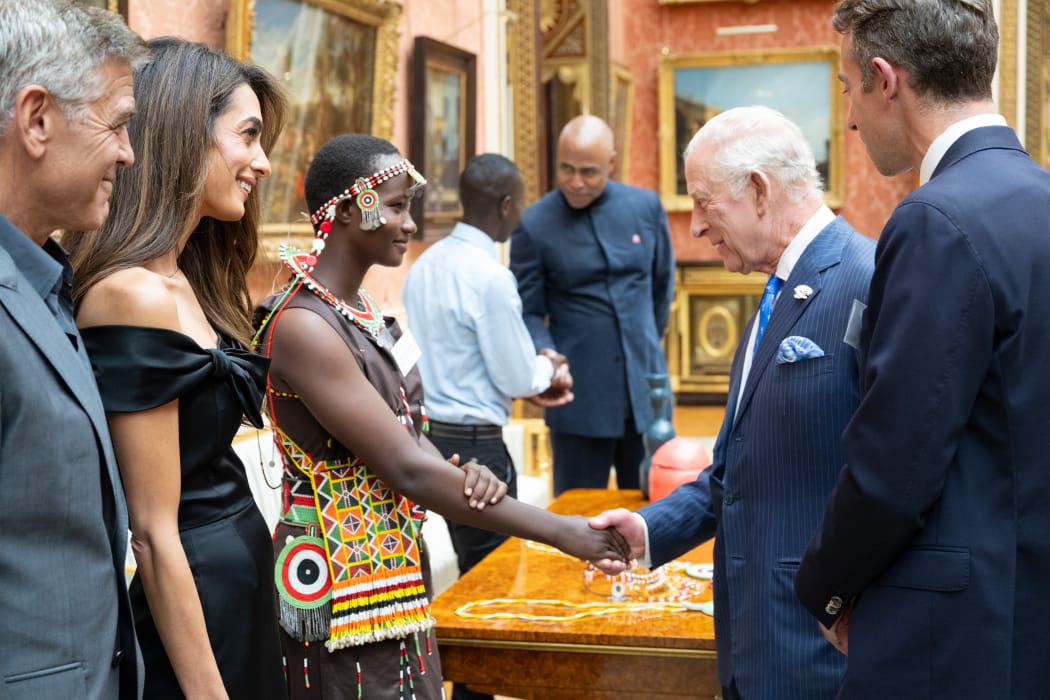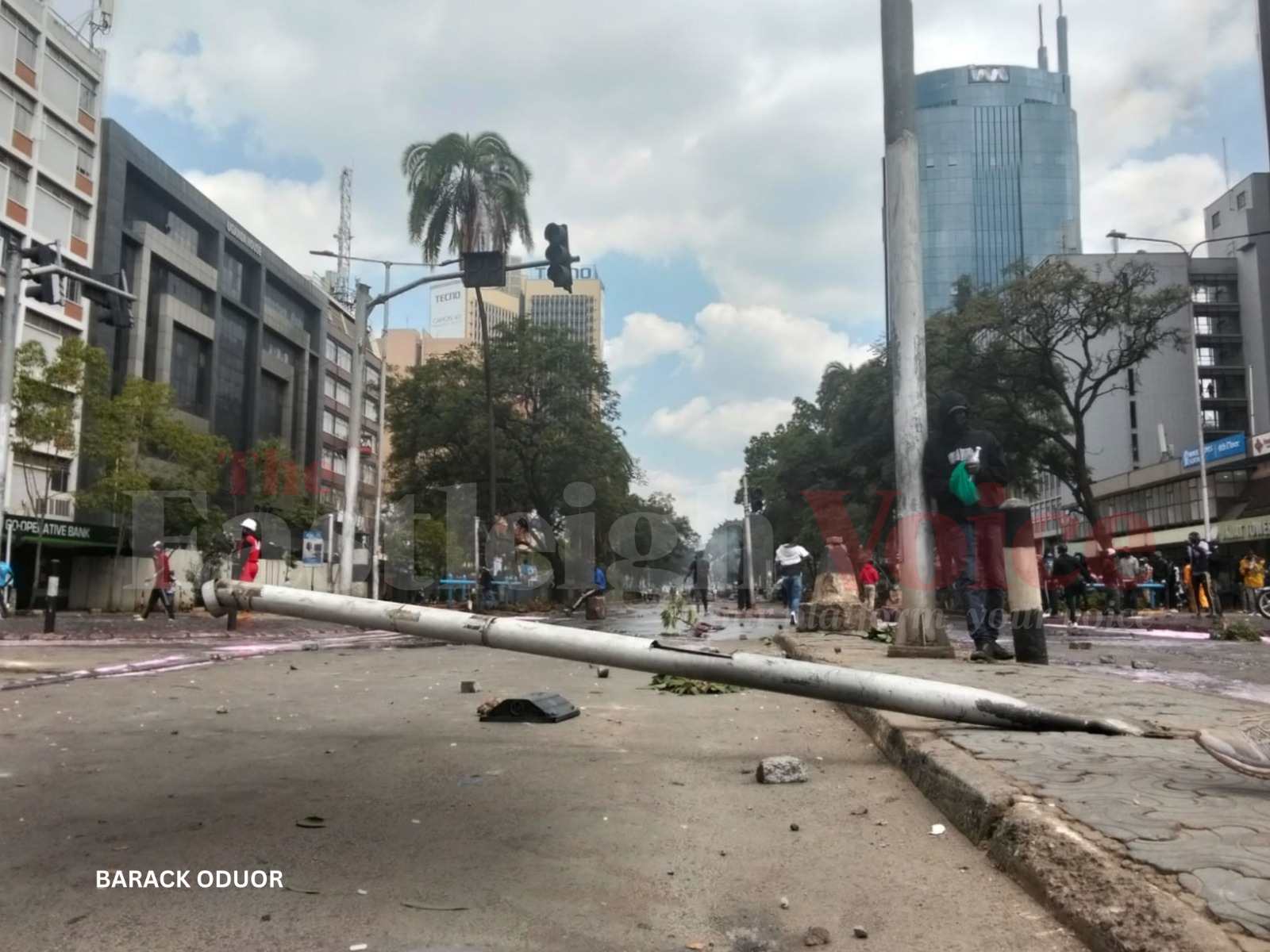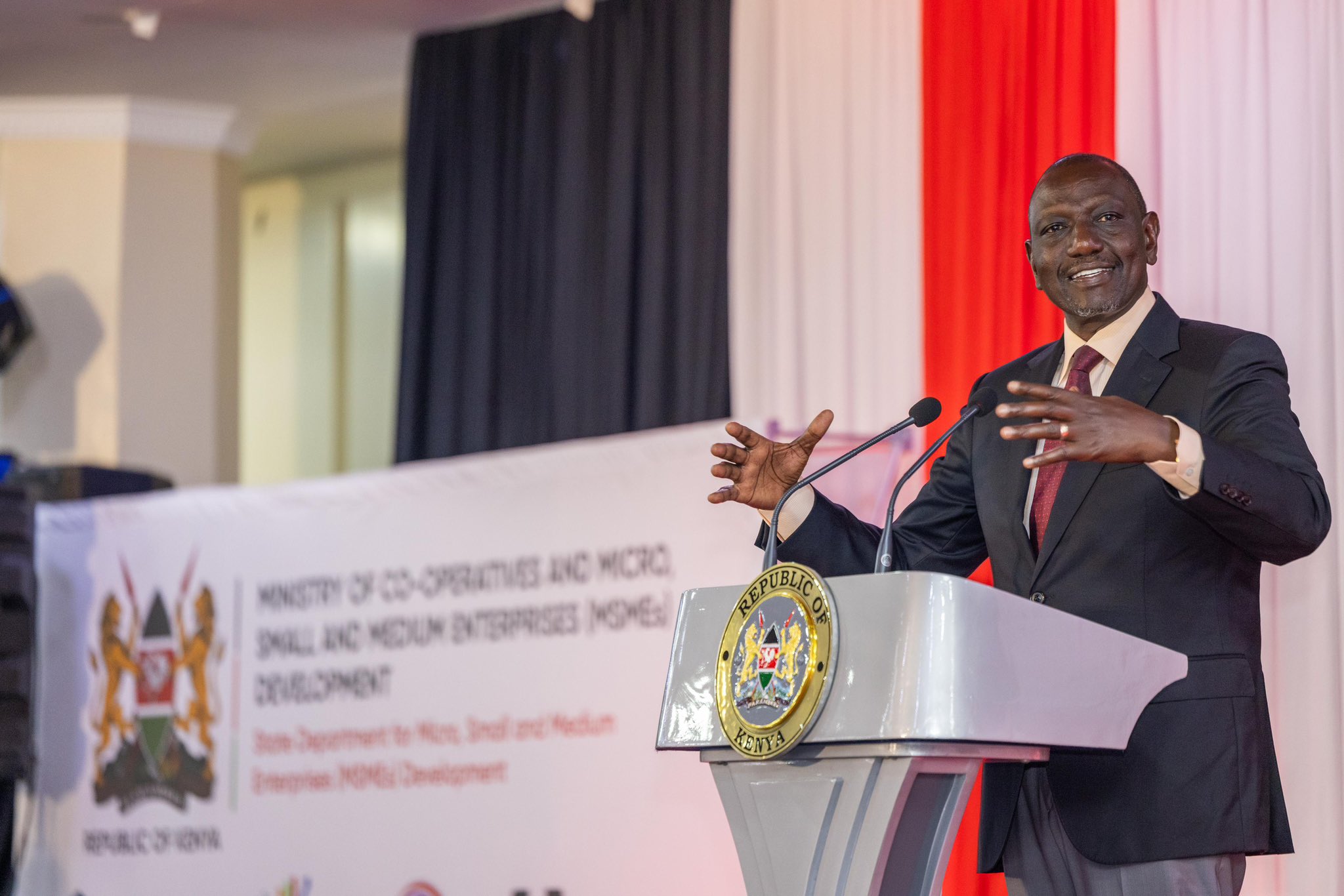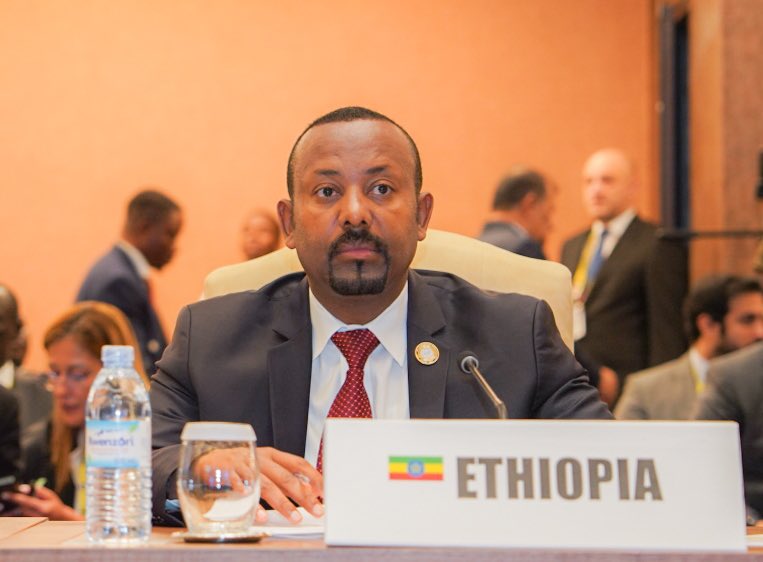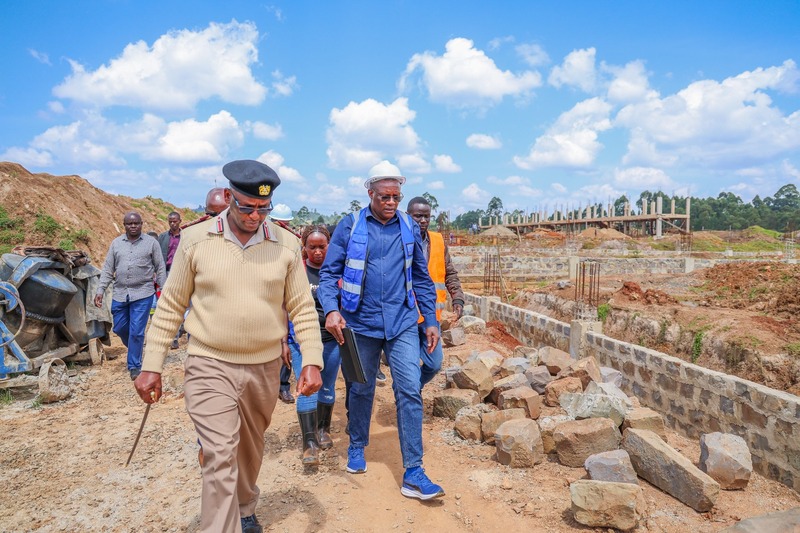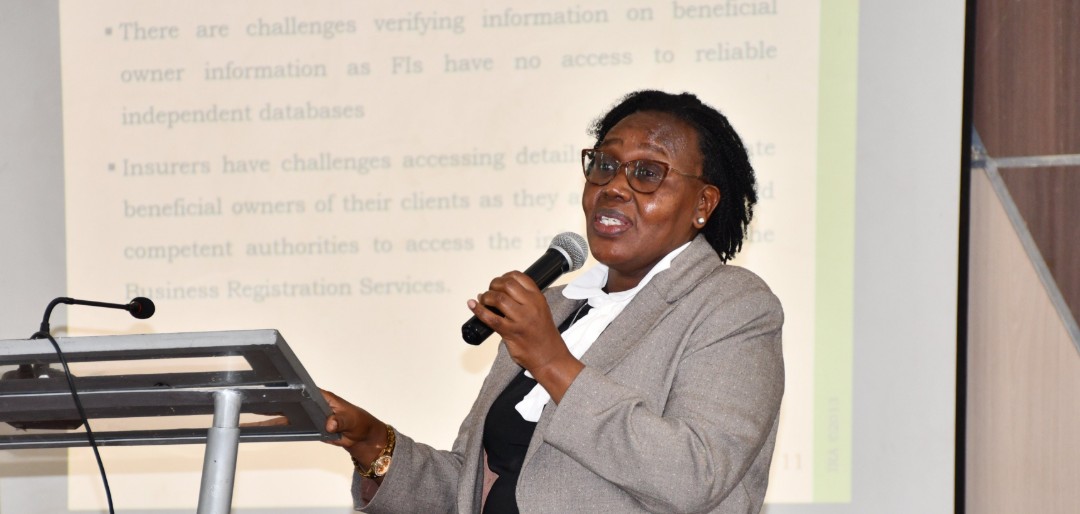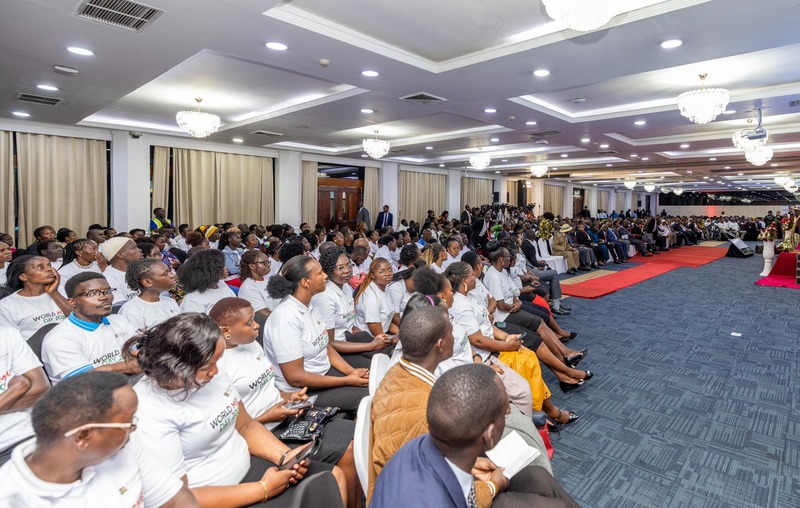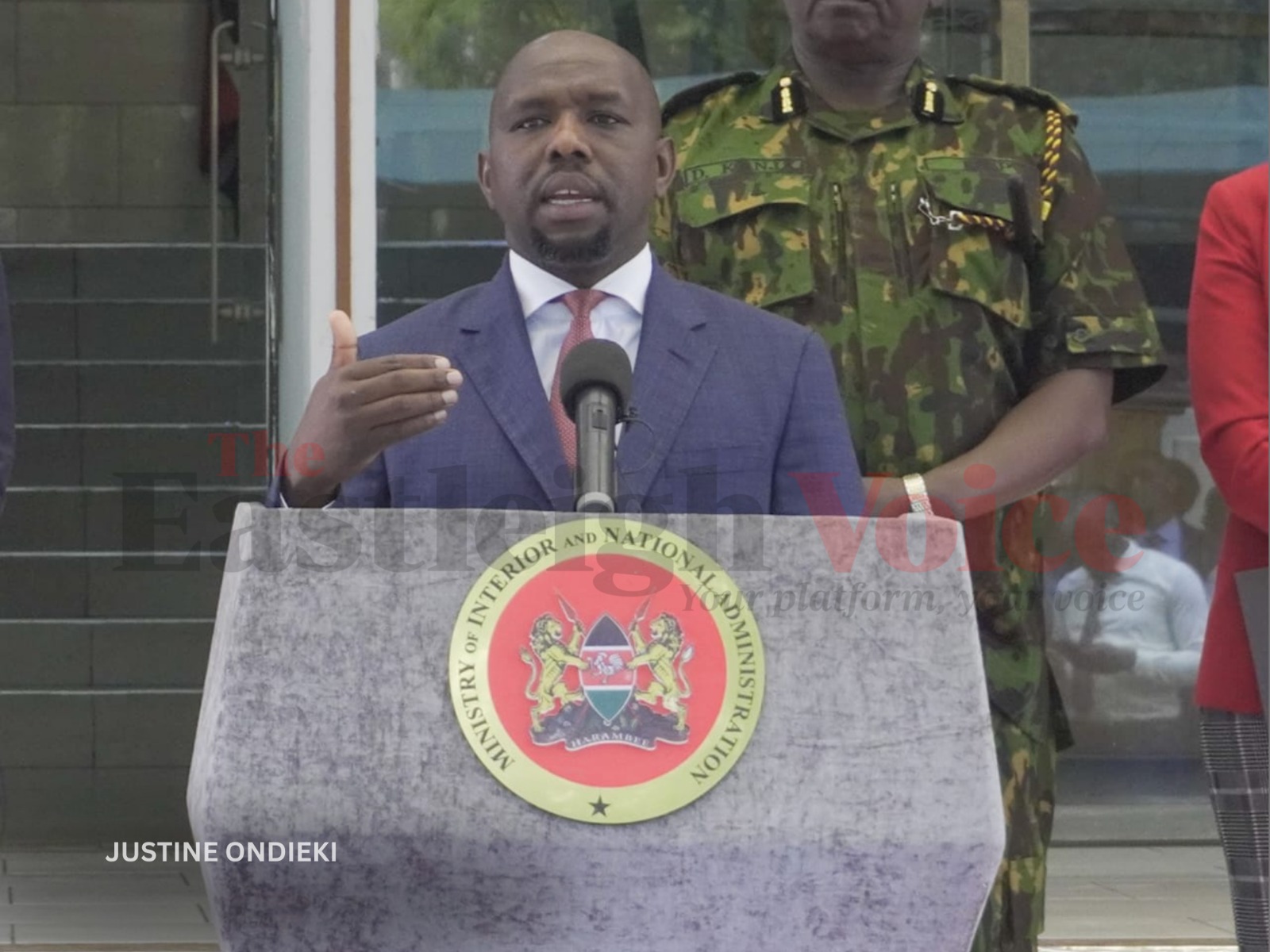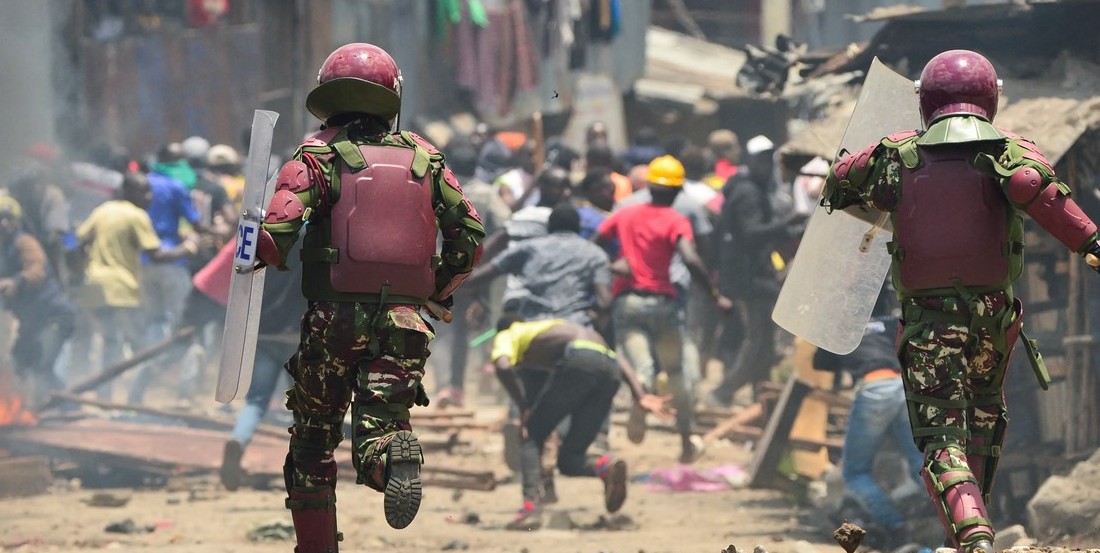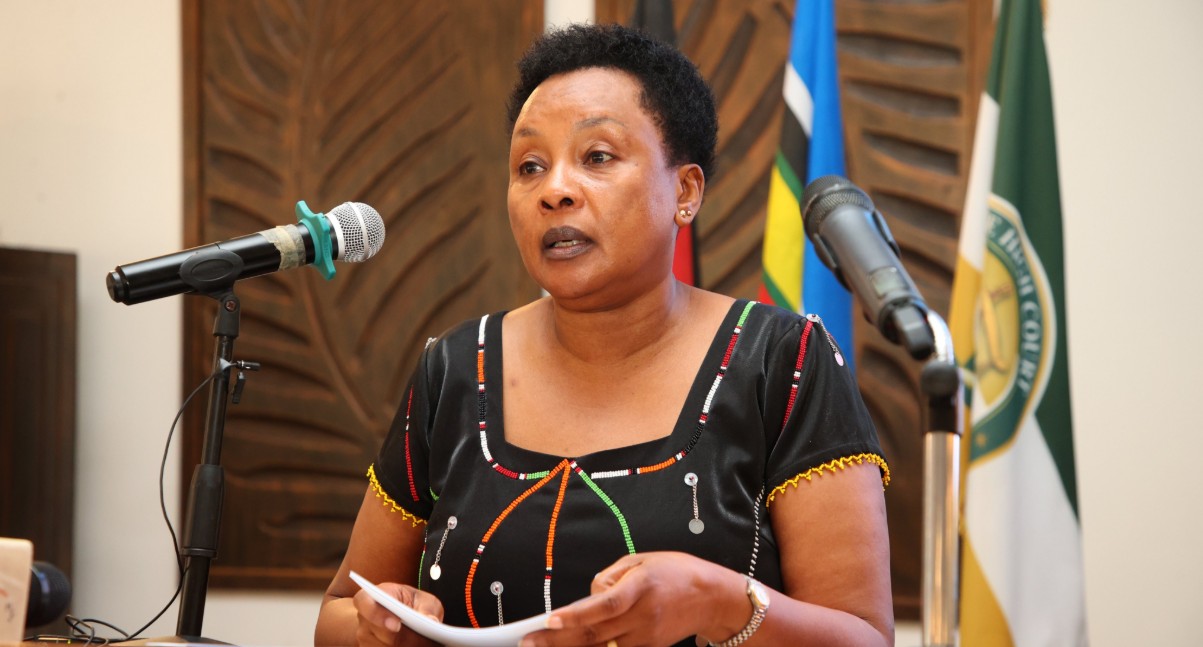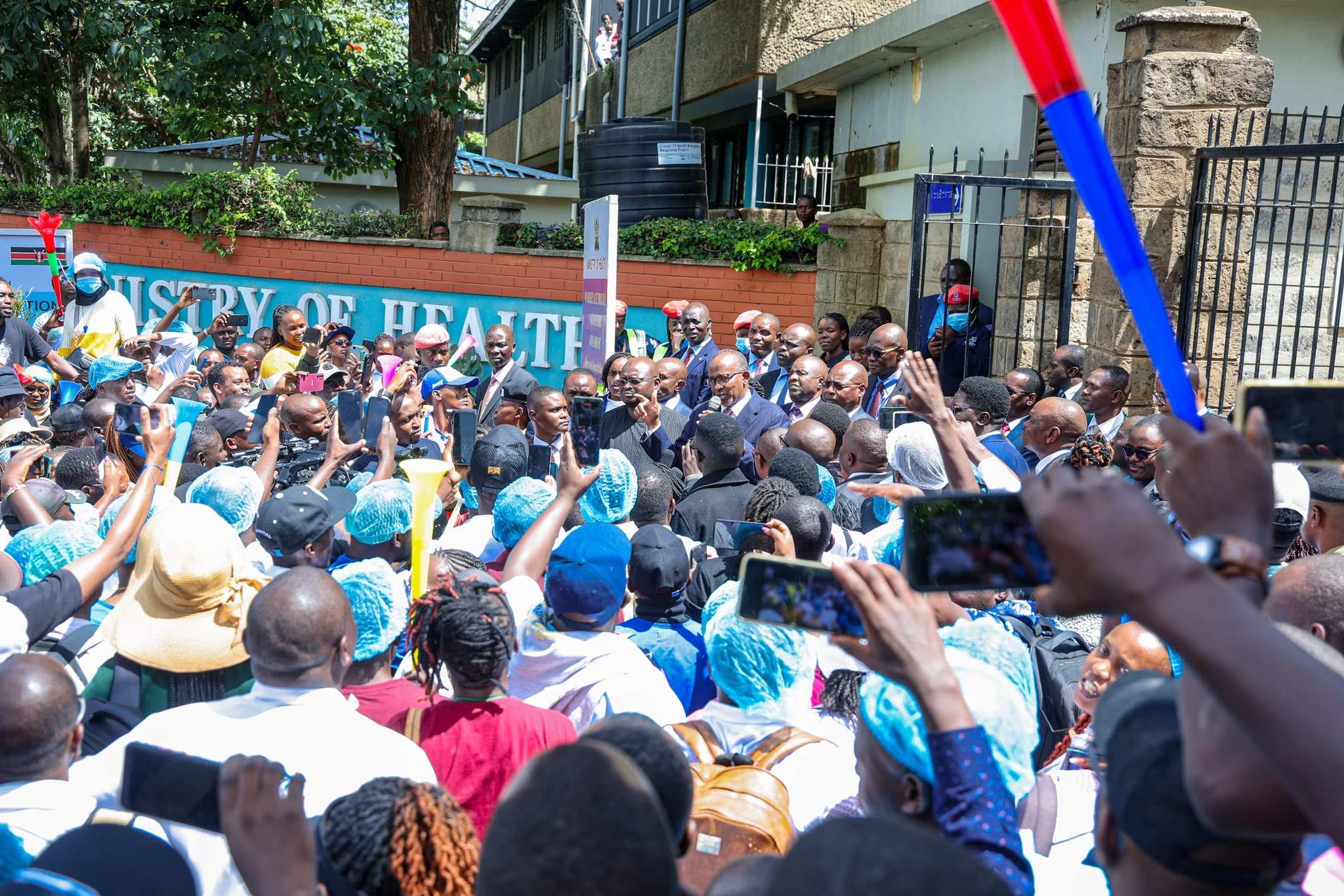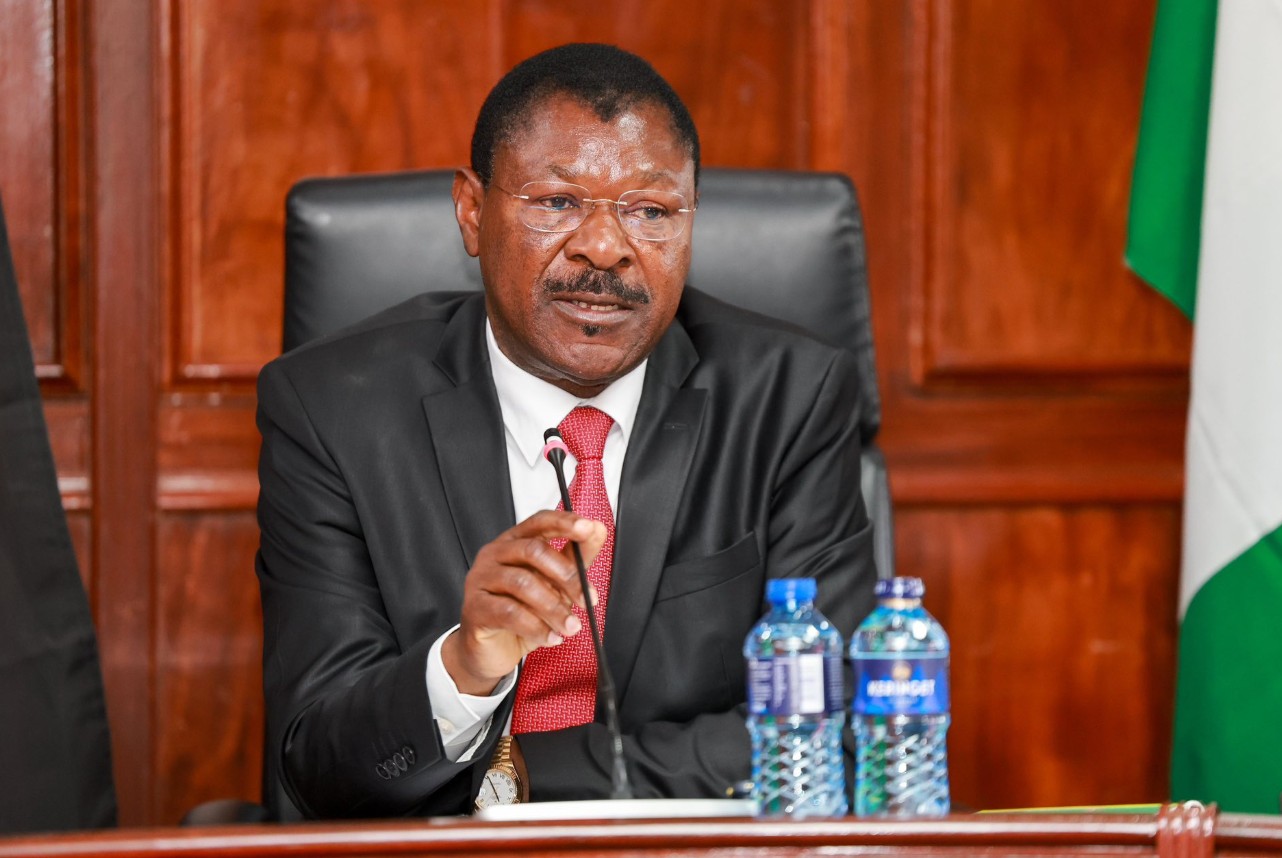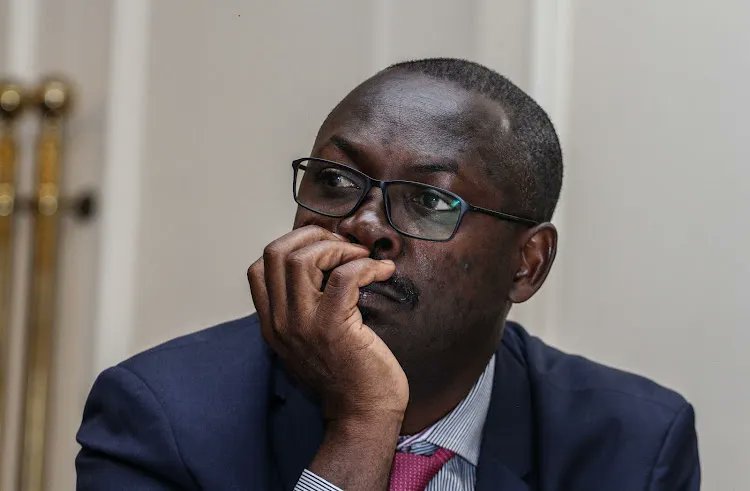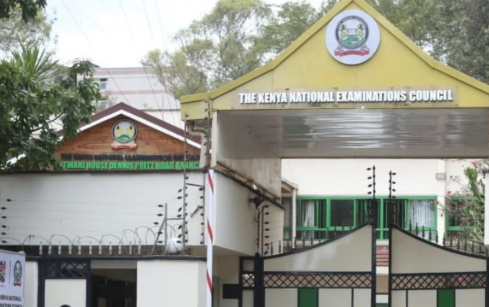Pumwani Maternity Hospital’s legacy of success that dates back to colonial days
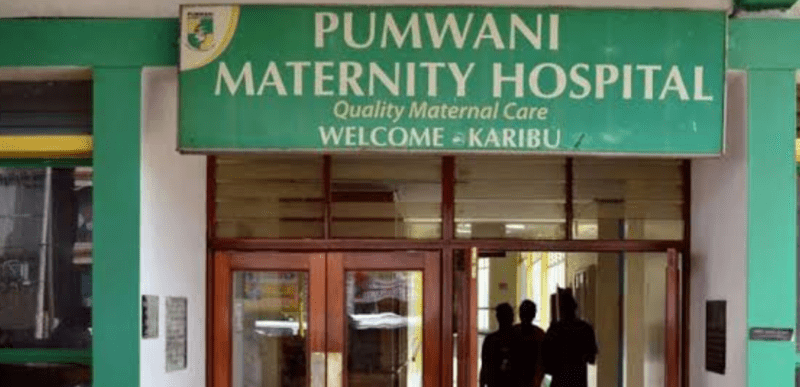
It is equivalent to a provincial hospital in status and is reported to be the third busiest maternity hospital in Africa
Passing by the entrance of Pumwani Maternity Hospital at any time of the day, you are likely to encounter expectant mothers getting into the hospital while others are getting out of the gate after successful deliveries, carrying their bundles of joy, often accompanied by relatives.
The hospital is situated east of the Nairobi CBD in Eastleigh, at the junction of General Waruinge and Muratina streets.
More To Read
- 13 suspects arraigned over mugging in Eastleigh's Maries Stopes area
- Hawkers celebrate fresh opportunities in Eastleigh’s Five Street
- Why Eastleigh is Nairobi’s economic powerhouse: Stories of hustle, culture and community
- Nairobi teen faces childbirth alone after being denied care for lacking ID, SHA
- Construction of Keroe Street begins, sparking hope for safer, accessible roads in California, Eastleigh
- Life behind the load: The hard road travelled by mkokoteni pushers
It’s a historical facility, with some who were born there later delivering their children at the same hospital.
When The Eastleigh Voice spotted her recently, Eugenia Gathoni was waiting for a taxi to take her and her newborn child home. She had successfully delivered her third child at the facility.
“This is the third child I have delivered at Pumwani Maternity Hospital because it is the most affordable, compared to private facilities,” said Gathoni who lives in the Ziwani neighbourhood of Eastlands.
The hospital’s Chief Executive Officer Christine Kiteshuo disclosed that they currently serve about 335,000 people
Areas served by the hospital include Pumwani, Kamukunji, Starehe, Kayole, Dandora, Huruma, Juja Road, Pangani, Shauri Moyo, Jericho, and Eastleigh.
Kiteshuo said the hospital has made tremendous progress over the last year to ensure deliveries are handled in the most professional manner
"The hospital now has 354 obstetrics beds, 144 baby cots and two theatres. Daily normal deliveries are 50-100 and caesarean sections are 10-15," Kiteshuo said.
According to her, the Nairobi City County government has instituted governance reforms, which has seen the hospital for the first time having a CEO supported by a new board to enhance service delivery.
"The hospital is revamping its newborn unit to ensure services offered are at par with those of middle private hospitals," she said.
The hospital has acquired a lift which has been of great help to mothers having difficulties walking.
According to Dr Nelly Bosire, the facility delivers 25,000 to 30,000 babies every year.
“Working at Pumwani fills one with a deep sense of satisfaction, surrounded by the wonder of life coming into this world daily and the cries of pain-turned-to-joy from first-time mothers,” said Bosire.
The hospital, which has in the past earned an unpleasant reputation for child trafficking, has in the last three years redeemed its image by having cases of missing children reported.
In its 2023-2024 budget, Nairobi City County allocated Sh6.8 million to the hospital. However, the pressure exerted on it by Nairobi’s growing population suggests that the allocation is inadequate.
The hospital’s location was by design, not an accident. It was built in the neighbourhood to be accessible to Kenyan mothers who lived in the outlying estates that form the present-day.
During colonial times, Africans were restricted to areas in the Eastlands such as Ziwani, Majengo and Pumwani.
Asians lived in Eastleigh, Pangani, Ngara, Parklands, Park Road and Highridge while Europeans occupied the suburbs of Muthaiga, Loresho, Lavington, Kilimani, Karen and other addresses west of Uhuru Highway.
The health of Africans in the colonial era was not given much attention and only became an issue if an epidemic broke out. Africans relied on ‘native hospitals’, and the personnel underwent a three-month course before deployment. They only treated out-patient cases and referred serious cases to dispensaries.
The wives of Kenya’s colonial administrators pitied African women and children, and at first, they touted Pumwani Hospital as a children’s home by the East African Women's League (EAWL) which was formed in 1917 before the thought of a maternity facility was birthed.
Then, Sir Edward Grigg was the governor and his wife, Lady Grigg, added the idea of a hospital and a medical training centre to the children's home. There were no funds for the project but Lady Grigg and her Lady Grigg Child Welfare and Maternity League rallied EAWL to raise money and the project was actualised.
The hospital was founded in 1926 and named Lady Grigg Maternity. It was taken over by the Nairobi Municipal Council in 1944 and renamed Pumwani Hospital.
In 1928 the first permanent building was put up at the hospital and later some extensions were made to give it a bed capacity of 27.
Its purpose was to “train girls who, it is hoped, will afterwards be useful in the reserves”, wrote GV Maxwell, the Chief Native Commissioner and chair of the Native Maternity Home Committee in a letter dated September 24, 1928, adding that “it appears to me that the purpose of the institution is too much for the benefits of the native population”.
Funds to build the hospital were sourced from an evening party held at Government House, now State House Nairobi. They were collected from the government, private donations and the 20 local native councils around the colony.
Maxwell wrote another letter to the local native councils on October 12, 1928, asking them to contribute without holding back on their generosity because “when they come to appreciate the benefits bestowed by the home and the native population as a whole, they will readily agree to vote suitable contributions there from year to year”.
Patients gradually began streaming into Pumwani whose daily fee was 50cts for treatment and accommodation. The annual fees from patients amounted to £60 (Sh1,200) against an annual maintenance budget of £1,500 (Sh30,000) by 1928.
After the Municipal Council of Nairobi took over in 1944, the hospital’s services grew rapidly with deliveries increasing from 3,000 to 8,000 yearly. The old building that comprised the initial maternity was converted into a school of midwifery studies and a nurses' hostel.
In 1969, Kenya’s first president Mzee Jomo Kenyatta presided over the opening of a newly expanded unit of the Hospital. At the inception of the Hospital, the new block comprised 117 beds, an operating theatre and a modern 50-bed unit for neonates, an X-ray department, a laboratory, a library and a conference room.
The facility remains the largest maternity hospital in the country and sub-Saharan Africa. It is equivalent to a provincial hospital in status and is reported to be the third busiest maternity hospital in Africa.
Some of the country’s prominent personalities were delivered at Pumwani. Among them was Margaret Wambui, Mzee Kenyatta’s daughter with his first wife Grace Wahu, who was born at the hospital in 1928.
The hospital is also a hub of medical inventions. It houses Kenya’s first human milk bank. Kenya was the third country in sub-Saharan Africa to establish a milk bank.
Top Stories Today
Reader Comments
Trending

